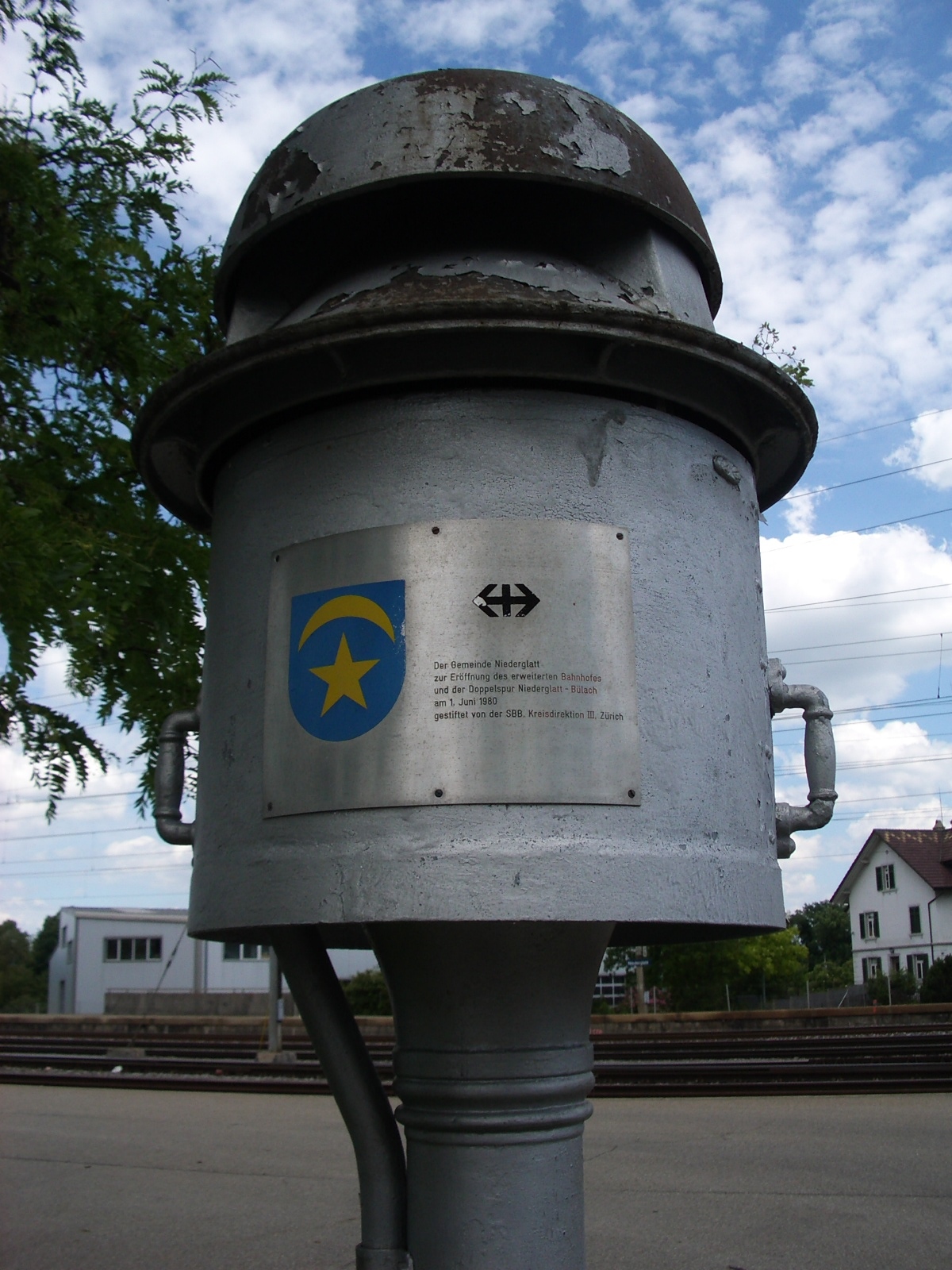|
Oerlikon–Bülach Railway Line
The Oerlikon–Bülach railway is a standard-gauge railway line to the north of Zürich, Switzerland. It was built by the Bülach-Regensberg Railway (german: Bülach-Regensberg-Bahn, BR). It is also called the Y-shaped railway (german: Gabeleisenbahn) in German or the "potato railway" (german: Herdöpfelbahn) in Swiss German because its main freight traffic was potatoes. It was taken over by the Swiss Northeastern Railway on 1 January 1877. On 1 May 1865, the BR opened its approximately 16 km-long Oerlikon–Oberglatt–Bülach main line and its just over 4 km-long Oberglatt–Dielsdorf branch line, which later became part of the Wehntal Railway (''Wehntalbahn''). History In 1860, committees were formed in both the districts of Bülach and Regensberg, which was a former Landvogtei ("outer bailiwick") of Zurich, which had been abolished in 1798. These committees advocated a connection from each district to Oerlikon near Zurich. The committees also contacte ... [...More Info...] [...Related Items...] OR: [Wikipedia] [Google] [Baidu] |
Swiss Federal Railways
Swiss Federal Railways (german: link=no, Schweizerische Bundesbahnen, ''SBB''; french: link=no, Chemins de fer fédéraux suisses, ''CFF''; it, Ferrovie federali svizzere, ''FFS'') is the national railway company of Switzerland. It is usually referred to by the initials of its German, French, and Italian names, either as SBB CFF FFS, or used separately. The Romansh version of its name, ''Viafiers federalas svizras'', is not officially used. The official English abbreviation is "SBB", instead of the English acronym such as "SFR", which stands for ''Swiss Federal Railways'' itself. The company, founded in 1902, is headquartered in Bern. It used to be a government institution, but since 1999 it has been a special stock corporation whose shares are held by the Swiss Confederation and the Swiss cantons. It is currently the largest rail and transport company of Switzerland, and operates on most standard gauge lines of the Swiss network. It also heavily collaborates with ... [...More Info...] [...Related Items...] OR: [Wikipedia] [Google] [Baidu] |
Zig Zag (railway)
A railway zig zag or switchback, is a method of climbing steep gradients with minimal need for tunnels and heavy earthworks. For a short distance (corresponding to the middle leg of the letter "Z"), the direction of travel is reversed, before the original direction is resumed. Some switchbacks do not come in pairs, and the train may then need to travel backwards for a considerable distance. A location on railways constructed by using a zig-zag alignment at which trains must reverse direction to continue is a reversing station. One of the best examples is the Darjeeling Himalayan Railway, a UNESCO World Heritage Site railway in India, that has six full zig zags and three spirals. Advantages Zig zags tend to be cheaper to construct because the grades required are discontinuous. Civil engineers can generally find a series of shorter segments going back and forth up the side of a hill more easily and with less grading than they can a continuous grade, which must contend wi ... [...More Info...] [...Related Items...] OR: [Wikipedia] [Google] [Baidu] |
1865 Establishments In Switzerland
Events January–March * January 4 – The New York Stock Exchange opens its first permanent headquarters at 10-12 Broad near Wall Street, in New York City. * January 13 – American Civil War : Second Battle of Fort Fisher: United States forces launch a major amphibious assault against the last seaport held by the Confederates, Fort Fisher, North Carolina. * January 15 – American Civil War: United States forces capture Fort Fisher. * January 31 ** The Thirteenth Amendment to the United States Constitution (conditional prohibition of slavery and involuntary servitude) passes narrowly, in the House of Representatives. ** American Civil War: Confederate General Robert E. Lee becomes general-in-chief. * February ** American Civil War: Columbia, South Carolina burns, as Confederate forces flee from advancing Union forces. * February 3 – American Civil War : Hampton Roads Conference: Union and Confederate leaders discuss peace terms. * February 8 & M ... [...More Info...] [...Related Items...] OR: [Wikipedia] [Google] [Baidu] |



